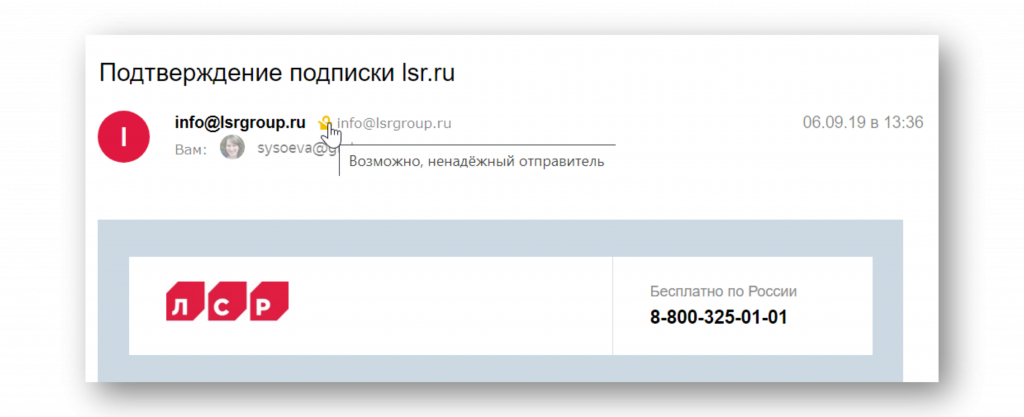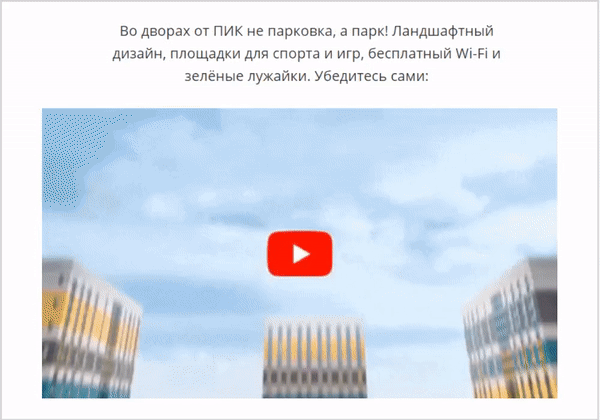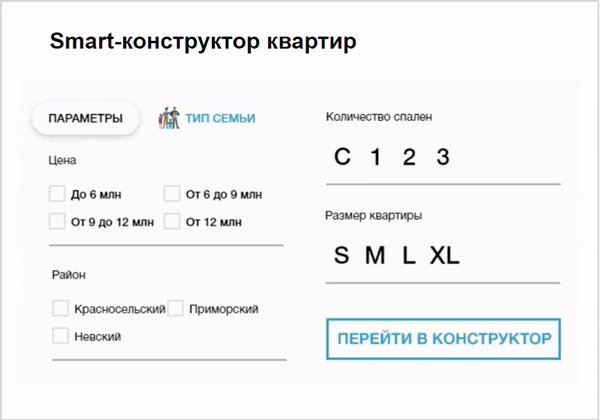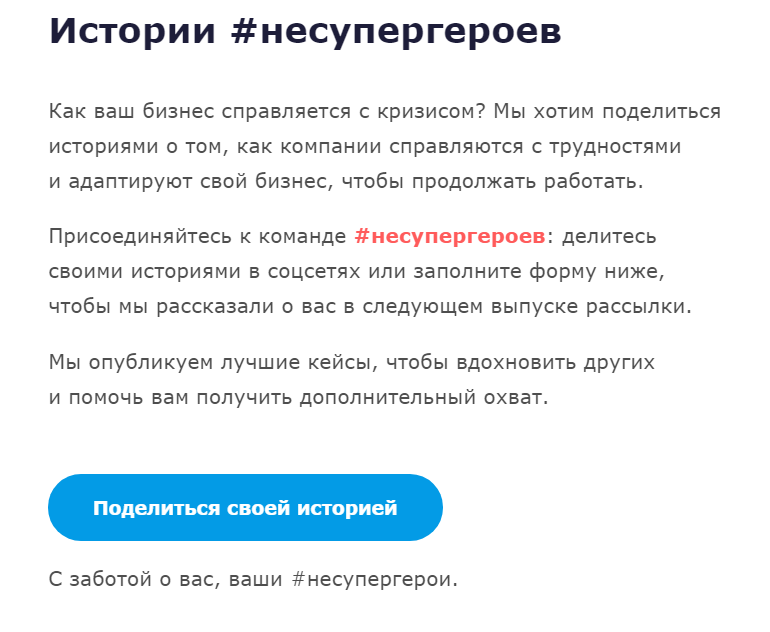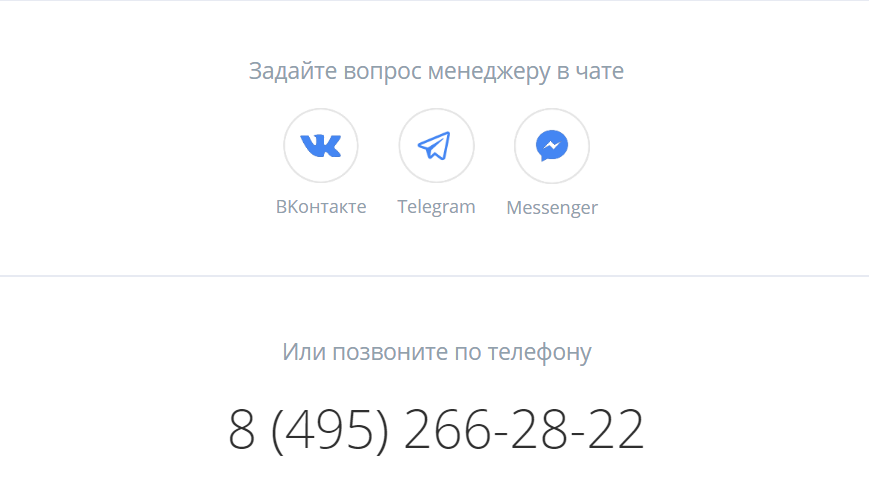Do real estate developers need an email newsletter?
They do, and here's why
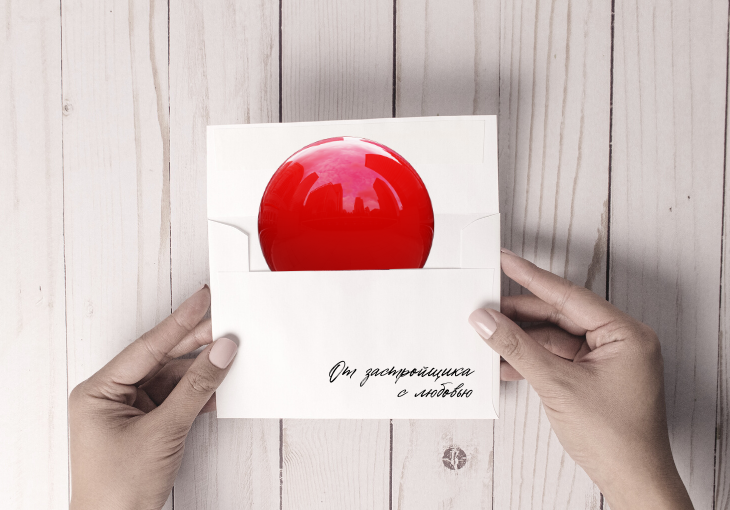
When I started diving into the topic of email marketing in real estate development, the first thing I did was to monitor and subscribe to all possible newsletters of developers ranked in the top 20 list. How many subscriptions do you think are there now in my inbox in the developers' folder? 10, 15? Six! Moreover, two of the developers have only sent one subscription confirmation letter each. Even though I conscientiously clicked on the confirm button, I have never received anything else from them. However, it is not surprising:
*The message transfer agent warns that the sender may be untrustworthy
This means that the developer may have some technical issues or problems with settings preventing letters from reaching the addressee, causing their blocking by the server or making them end up as spam.
Settings allowing mails to reach the recipients are a technical task, and we will not discuss them today. The problem is of another kind: most developers do not even have a subscription form on their website or it is very difficult to find it. This means that many of them, even market leaders, do not consider newsletters to be a serious tool.
It's their loss then. Neglecting one more channel of communication with customers, especially in the current state of affairs, is unreasonable.
Besides that, this channel is relatively low-cost, both in terms of time, human resources, and money:
- Developers usually have a ready database of e-mail addresses. It’s enough to just "clean" it and configure subscription forms to attract new subscribers.
- There are many tools with ready-to-use solutions, so you don't even need to hire a separate team for that: just some training, and existing specialists will cope with all this themselves. Furthermore, you can always outsource some functions.
- Using certain tools, you can also set up automatic sending out of welcome and trigger mails, integrate them with your CRM, and most of the process will be automated.
- Even 4-8 mails with appropriate content per month will be enough to keep the subscribers interested; their design and sending-out will not take much time and money.
At the Marketing RealEstate Forum held by GMK together with the REPA Association, Ekaterina Kutumova, Vice President for Marketing and PR at PSN Group, noted that e-mail newsletter had become the most "readable" channel among its customers having outstripped the developer’s telegram channel. Such results were shown by the opinion poll of several thousand customers:
84% of the respondents said they would prefer to receive news from the developer via e-mail newsletters rather than via a telegram channel or official website.
Why do customers prefer this very way?
One of its important features is unobtrusiveness.
Constant messages via SMS or instant messengers are often perceived as an invasion of personal space, not to mention that they are quickly lost among other messages, and people are not always ready to follow links using mobile phones to thoroughly study the information and details.
Email is another kettle of fish: the attitude toward letters, especially with the interesting content, are much more loyal; if the newsletter is not needed, people can unsubscribe or mark it as spam; usually people more often open e-mails using PCs than instant messengers, so it's more likely they will follow links; some allocate time intentionally to check emails and reply to letters, so the newsletter gets more attention.
Unlike in e-commerce, where email newsletters mainly serve as a way of generating sales leads, in real estate, it is rather a way to increase customer loyalty, involve clients in communication and "warm them up". This tool is also suitable for "dissolving" negative information and maintaining reputation, especially if you timely monitor "tense" situations and explain them in letters.
How to write letters to customers?
Content is of paramount importance in a newsletter, so let's enlarge on it in more detail (I specialize in this very area, and I prefer to entrust technical issues to professionals; however, we will also talk about them some day).
In the following articles, I will also write on how content should differ in welcome, trigger, and main newsletter mails, as well as on how to segment the contact database so that the subscribers receive exactly the information they need.
But today, here are seven content life hacks especially for those who already have a newsletter or who are going to introduce it:
1
Include newsletters in your overall communication strategy. Set up omnichannel: all promotions should be not only posted on social media but also included in newsletters. Some mailing platforms feature the possibility of integrating posts from social media: use it and the content is ready.
2
Add more humaneness to your letters: first-person communication is the trend of the last couple of years. Let the subscribers receive letters not from a company named Company, but, for example, from Elena Ivanova, Quality Manager. People respond to such letters more often, it increases their involvement. Who knows, maybe your "email face" will become as famous as Kolya from Burger King or Dasha from Aviasales! 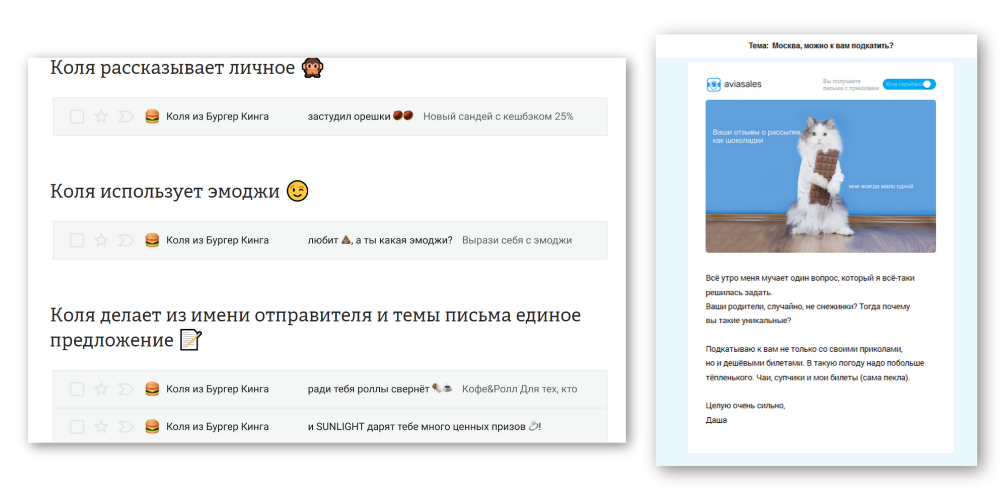
*Kolya from Burger King uses emojis, shares personal experience, and combines the sender’s name and the letter topic in one sentence. Dasha from Aviasales communicates with subscribers easily and naturally, jokes, and kisses goodbye
3
Add some interactive elements. For example, integrate a mortgage calculator or quiz, or, if it is difficult for now, insert GIFs and videos that would make people want to click on them.
Here's how PIK does it:
And here’s Legenda's example:
4
Communicate! Encourage your subscribers to communicate with the brand, invite them to describe their story, ask for an opinion on whether they liked the letter.
*Here, subscribers are invited to join the team of "non-superheroes" by describing how their businesses cope with the crisis
5
Arouse the curiosity. Tell subscribers what is awaiting them in the next letter. 
*"In the next mail, you will learn about smart courtyards," Legend promises at the end of a letter
6
Make mails colorful, but not overload them with information. Even a simple digest "diluted" with beautiful pictures will look better than just a bare text. 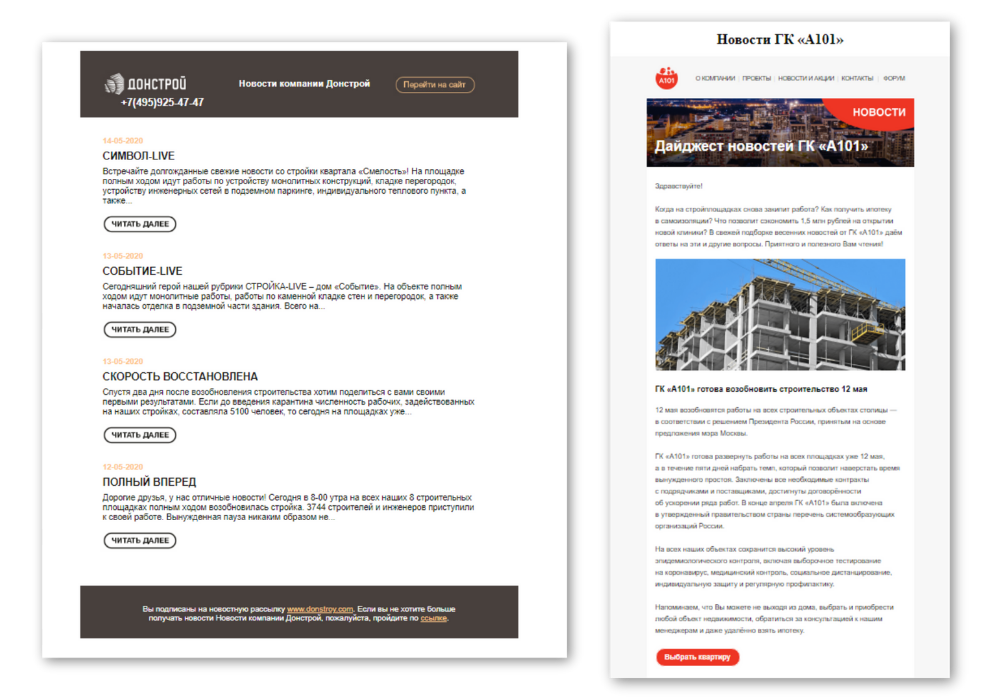
7
Give gifts! Electronic, of course :) Would anyone unsubscribe from the newsletter if you promise that there will be a secret promo code to buy an e-book, a useful master class, or even a beautiful desktop wallpaper in the next letter?
Create efficient email newsletters, and if something doesn't work, contact us – we will help!


